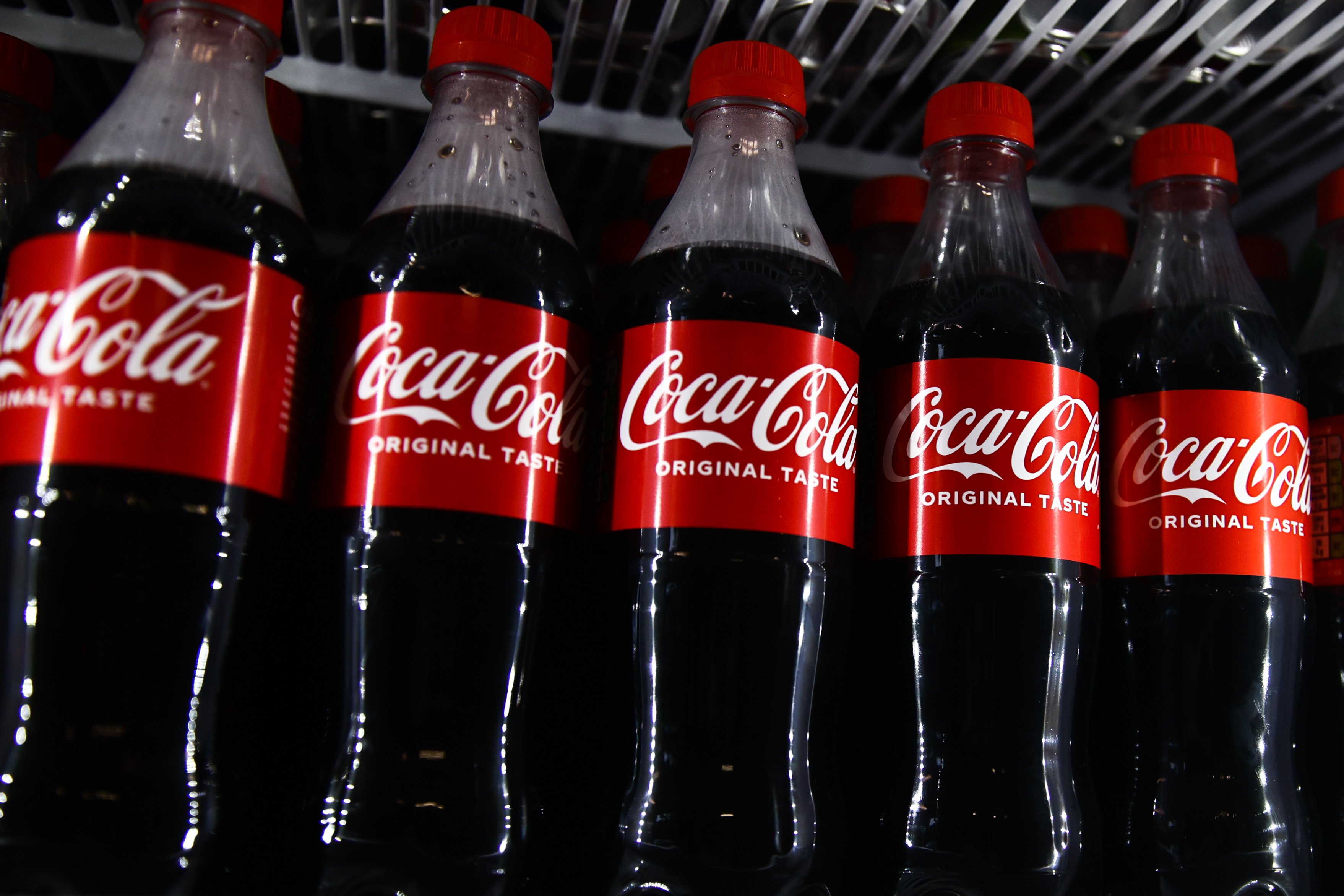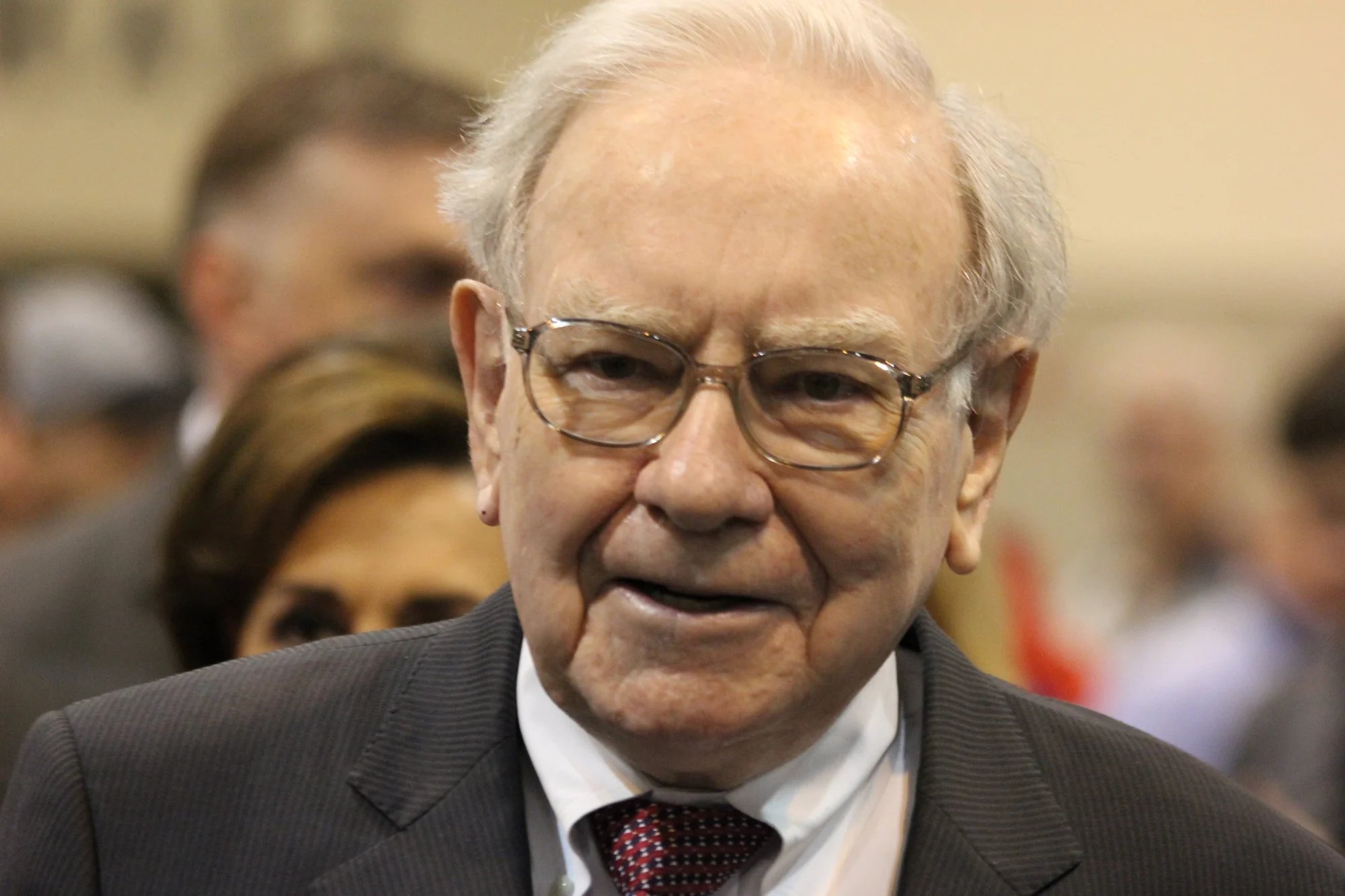
Source: Coca-Cola
Dividend Aristocrats are a select group of companies which have increased their dividends over 25 consecutive years or more. It takes a particularly solid business to generate the cash flows for sustained dividend growth over the long term, so these companies are generally considered to be among the best world-class dividend stocks in the market.
Coca-Cola (KO +1.64%) is not only a Dividend Aristocrat, the company's extraordinary trajectory of 52 consecutive dividend increases makes many of its peers in that privileged group look like simple plebeians in comparison. However, even if past performance can say a lot about a company and its fundamental quality, investment decisions need to be forward-looking. Is now the right time to buy Coca-Cola?
Losing fizz
The soft drinks industry is facing considerable challenges when it comes to adapting to changing consumer demand, especially in big developed markets such as the U.S. Customers are increasingly conscious about the negative health implications of calories in traditional sodas, and artificial sweeteners such as aspartame and others are receiving heavy criticism from multiple sources.
According to data from Beverage Digest, carbonated soft drinks volume in the U.S. has been declining over the last nine consecutive years. The decline even accelerated in 2013, as total industry volume fell 3% versus declines of 1.2% in 2012 and 1% in 2011.
Coca-Cola has increased its marketing efforts to sustain sales lately, and management is quite encouraged about customer response to its Share a Coke campaign during the second quarter of 2014. Coca-Cola brand sales volume increased 1% during the quarter, both in the U.S. and on a global basis.
It's good to see that Coca-Cola has not lost its touch when it comes to marketing effectiveness. However, the trend toward healthier eating and drinking is a long-term phenomenon that is clearly observable across different product categories. Marketing spending can buffer the decline in soft drinks sales to some degree, but there is no reason to expect changing industry dynamics anytime soon.
The half-full glass
Not everything is bad news for Coca-Cola, though, the company is the volume leader in the global still drinks industry, a category in which it owns 11 brands making over $1 billion in annual revenues each. This includes remarkably popular names such as Powerade, Dasani, and Minute Maid, among others. Coca-Cola registered a healthy increase of 5% in global still-sales volume during the second quarter.
Besides, growing personal income levels in emerging markets provide considerable opportunities for growth over the long term, both in traditional soft drinks and in healthier products. Total sales volume in China grew at an impressive 9% during the second quarter, while volume in India increased in the double digits.
The company is also putting its deep pockets to use by venturing into different growth areas, such as energy drinks and home soda, via equity investments and partnerships with smaller and more dynamic companies. Financial resources, marketing firepower, brand recognition, and global scale are key strategic advantages that Coca-Cola is leveraging to accelerate growth.
The company recently purchased 16.7% of Monster Beverage (MNST +1.00%) for $2.15 billion. Monster will be Coca-Cola's exclusive energy drink, and the soda giant will put its enormous distribution network behind the energy brand. Energy drinks are not exempt from criticism when it comes to health considerations, but sales are still growing strongly on a global basis.
Coca-Cola also recently announced intentions to increase its ownership in Keurig Green Mountain (GMCR +0.00%) to 16%. The two companies are working together to bring Coca-Cola products for use in Keurig's platform, Coca-Cola's soft drinks brands will be introduced in Green Mountain's Keurig Cold machine and Honest Tea is becoming the first Coca-Cola brand to be available via K-cup packs.
Sweet cash flows
In February of this year Coca-Cola announced its 52nd annual dividend increase, raising payments by 9%, from $0.28 to $0.35 per share. This brings the dividend yield to roughly 2.9% at current prices.
During the first six months of 2014 Coca-Cola paid dividends for $1.34 billion and allocated $1.95 billion to share buybacks, so investors are being generously rewarded with cash distributions via both methods. The company produced $3.44 billion in free cash flows during the period, which shows that the business is clearly strong enough to sustain growing dividend payments in the coming years.
When comparing dividends versus earnings, Coca-Cola features a very reasonable payout ratio of less than 60% of earnings forecasts for 2014, confirming that dividend sustainability is out of question for the global juggernaut.
Key takeaway
Coca-Cola will need to adapt to changing consumer habits, and this could drag on performance in the middle term. But the company benefits from exciting opportunities for growth via multiple venues, and it generates more than enough cash flows to sustain growing dividend payments over time. Coca-Cola has what it takes to continue paying increasing dividends for decades to come and this makes it a good dividend stock to buy in coming years.







